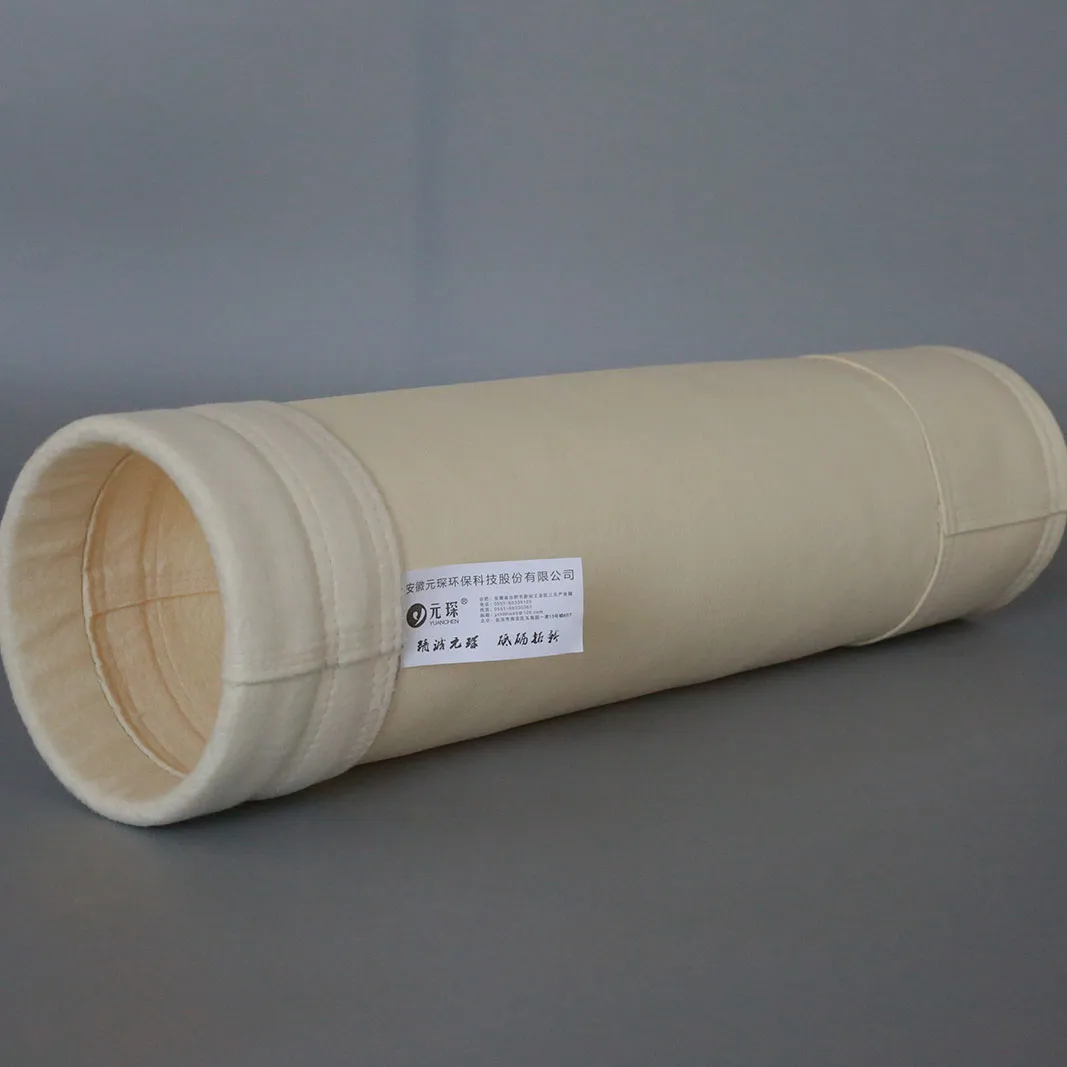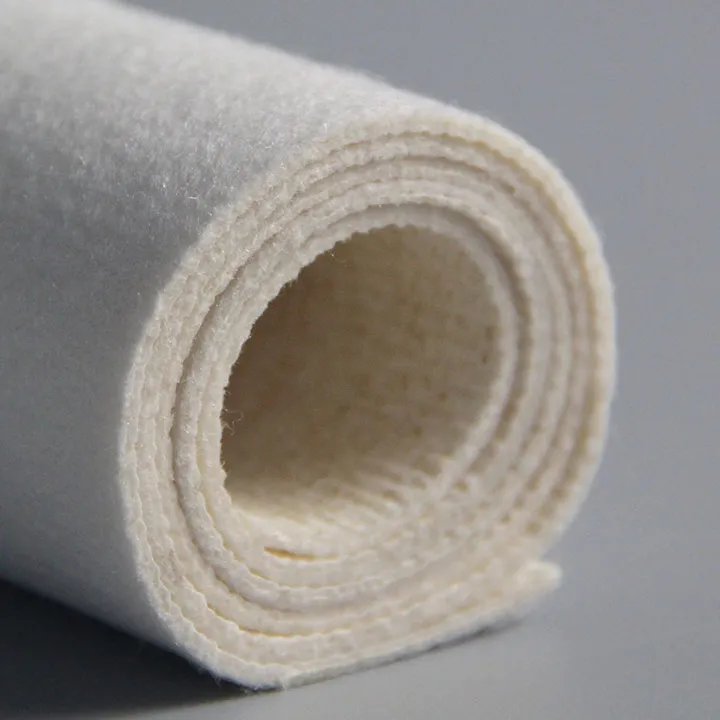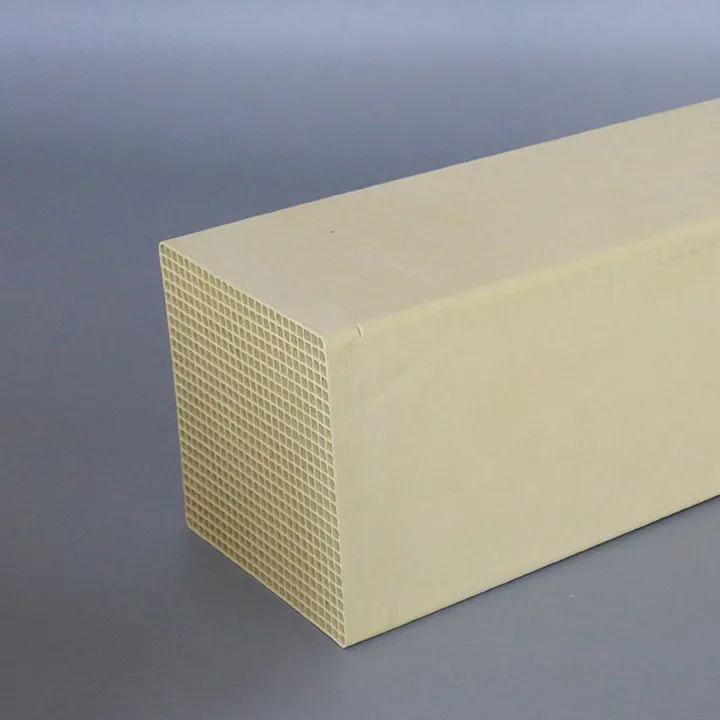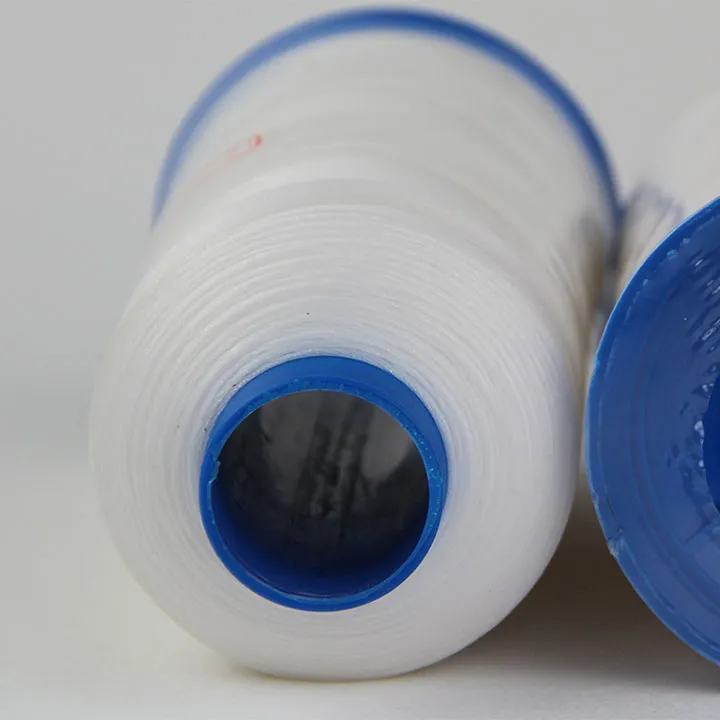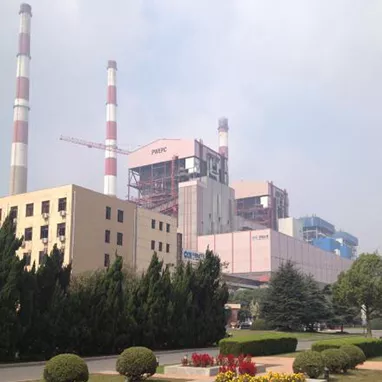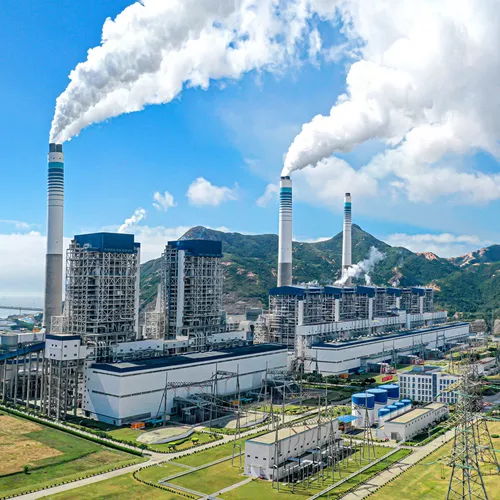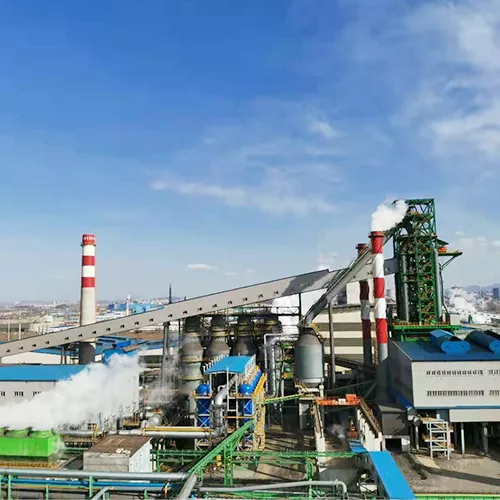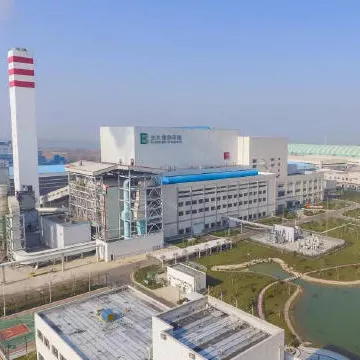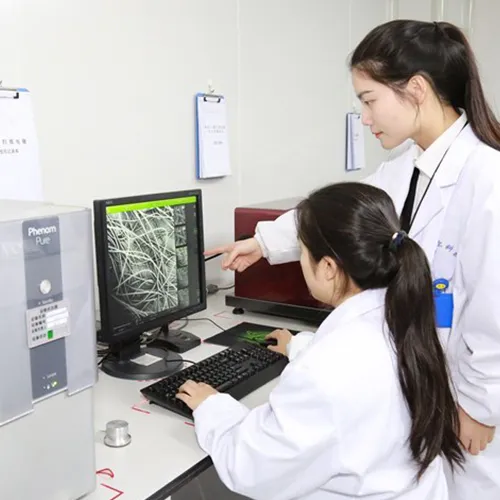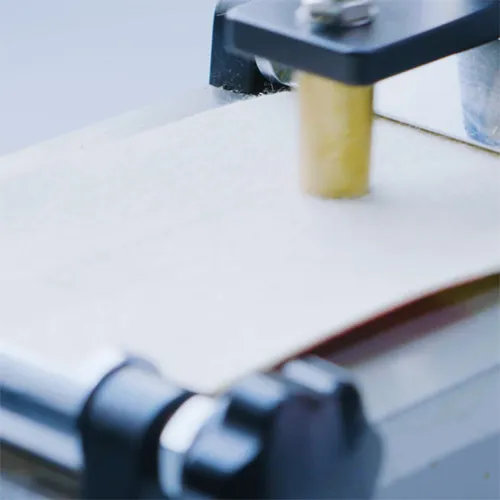Bedeutung und wissenschaftliche Methoden der Reinigung von industriellen Staubfilterbeuteln
Im industriellen Produktionsprozess ist der stabile Betrieb von Umweltschutzgeräten von entscheidender Bedeutung, um die Produktionsumgebung zu gewährleisten und die Luftqualität zu verbessern. Unter ihnen ist die Staubentfernungsausrüstung eine wichtige Umweltschutzausrüstung, und die Sauberkeit ihrer Kernkomponente, des Staubfilterbeutels, steht in direktem Zusammenhang mit der Betriebseffizienz und Lebensdauer des gesamten Systems. Wie kann also sichergestellt werden, dass die Filterbeutel für industrielle Staubsammler ist immer im besten Zustand, um die Sauberkeit und Effizienz der Produktionsumgebung zu gewährleisten? Werfen wir heute einen genauen Blick auf die Notwendigkeit und die spezifischen Reinigungsmethoden der Staubfilterbeutelreinigung.
1. Warum müssen Industriestaubfilterbeutel regelmäßig gereinigt werden?
Filterleistung wiederherstellen: Da eine große Menge des bei der industriellen Produktion entstehenden Staubs weiterhin an der Oberfläche des Filterbeutels haftet, nimmt die Filtereffizienz des Filterbeutels allmählich ab und es kann sogar zu Verstopfungen kommen, wodurch die Staubentfernungswirkung ernsthaft beeinträchtigt wird.
Verlängerung der Lebensdauer: Durch regelmäßiges Reinigen des Staubfilterbeutels können Schmutz und Verunreinigungen auf der Oberfläche wirksam entfernt, der Verschleiß und die Alterungsgeschwindigkeit des Filterbeutels verringert und so seine Lebensdauer erheblich verlängert und die Betriebskosten des Unternehmens gesenkt werden.
Verbesserung der Luftqualität: Saubere Staubfilterbeutel können Staubpartikel in der Luft effektiver auffangen, die Sauberkeit der Abluft verbessern, zur Verbesserung der Arbeitsumgebung und Luftqualität beitragen und der Verantwortung des Unternehmens in Bezug auf den Umweltschutz nachkommen.
2. Detaillierte Erläuterung der Reinigungsmethode für industrielle Staubfilterbeutel
Chemisch-experimentelle Behandlungsmethode
Erkennen der Zusammensetzung von Ölflecken: Analysieren Sie mit professionellen Instrumenten die Zusammensetzung von Ölflecken auf den Filterbeuteln, um eine wissenschaftliche Grundlage für die anschließende Reinigung zu schaffen.
Waschmaterialien auswählen: Wählen Sie entsprechend den Testergebnissen sorgfältig geeignete Waschmaterialien aus, um sicherzustellen, dass beim Reinigungsvorgang keine Schäden an den Filterbeuteln entstehen.
Einweichen und Reinigen: Die Filterbeutel eine Zeit lang in einer Lösung mit speziellen Reinigungsmitteln einweichen und anschließend gründlich mit klarem Wasser ausspülen. Hartnäckige Flecken können Sie mit einer weichen Bürste sanft entfernen.

Hochfrequenz-Vibrationsreinigungsverfahren
Installieren Sie ein Vibrationsgerät: Installieren Sie ein Hochfrequenz-Vibrationsgerät am Staubsammler, um ihn für nachfolgende Reinigungsarbeiten vorzubereiten.
Vibration starten: Schalten Sie das Vibrationsgerät ein, um den Staub auf der Oberfläche des Filterbeutels durch hochfrequente Vibration schnell abzuschütteln.
Wirkung prüfen: Nach einer gewissen Zeit der Vibration die Vibration stoppen und die Sauberkeit der Filterbeuteloberfläche sorgfältig prüfen. Bei Bedarf die Vibrationsreinigung wiederholen.
Trocknen und Reparieren
Trocknen: Um die Formstabilität der gereinigten Filterbeutel zu erhalten und Verformungen bzw. Schrumpfungen zu vermeiden, müssen diese mit Heißluft bei ca. 110°C getrocknet werden.
Reparatur von Schäden: Bei Filterbeuteln, die durch unsachgemäßen Gebrauch oder Alterung beschädigt wurden, kann eine professionelle Reparaturbehandlung durchgeführt werden. Beispielsweise werden Hochtemperaturklebstoffe zum Verkleben oder Ersetzen des Filtermaterials des beschädigten Teils verwendet.
Qualitätsprüfung: Die reparierten Filterbeutel müssen strengen physikalischen Indextests (wie Luftdurchlässigkeit, Festigkeit und Dehnung usw.) unterzogen werden, um sicherzustellen, dass ihre Leistung den Anforderungen entspricht. Nur Filterbeutel, die strenge Tests bestanden haben, können wieder verwendet werden.
3. Vorsichtsmaßnahmen
Bei der Reinigung und Pflege industrielle Staubsammelbeutel, halten Sie sich unbedingt strikt an die entsprechenden Betriebsverfahren und Sicherheitsvorschriften. Gleichzeitig sollten Parameter wie Wassertemperatur, Wasserdruck und Reinigungsmitteldosierung kontrolliert werden, um unnötige Schäden an den Filterbeuteln zu vermeiden. Darüber hinaus können für verschiedene Arten von Staubsammlern (z. B. Impulsstaubsammler) und Filterbeutelmaterialien (z. B. PPS, PTFE usw.) unterschiedliche Reinigungsmethoden und Prozessparameter erforderlich sein. Daher ist es am besten, vor dem eigentlichen Betrieb einen Fachmann zu konsultieren oder das Gerätehandbuch zu lesen.


